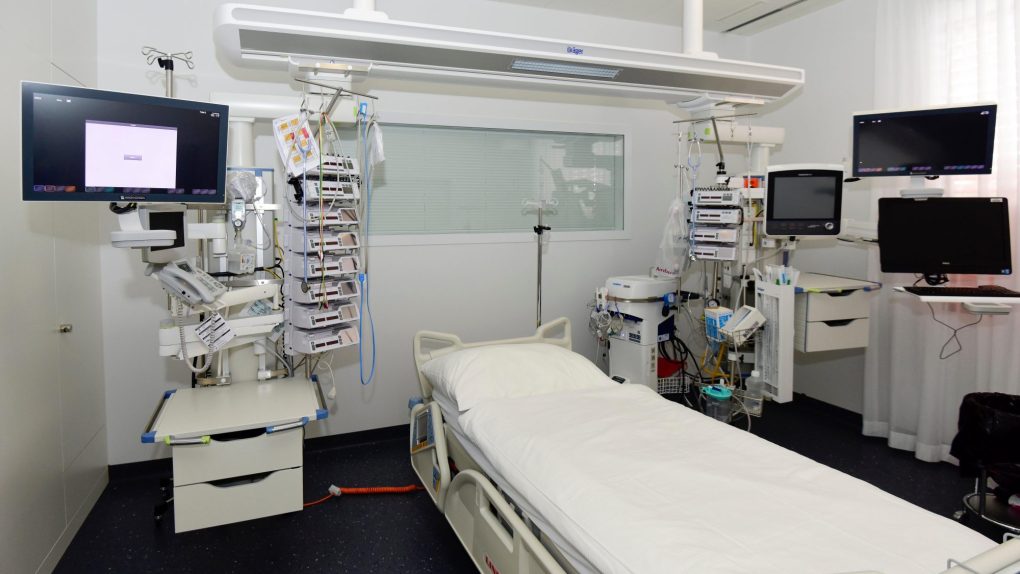- Will your hospital have enough beds for coronavirus patients? A new tool by ProPublica can estimate how prepared your locality is for the pandemic.
- The tool is based on real virus data and information on available hospital beds at locations all across the United States.
- Practicing social distancing and staying home is still our best weapon against the spread of the virus.
- Visit BGR’s homepage for more stories.
A new online tool by ProPublica can show you an estimate of how prepared your local healthcare system is to handle the novel coronavirus outbreak. The tool, which is easily accessible online, crunches a whole bunch of data and digests it to provide you with the most accurate projection of how your local hospitals will fare in the face of varying degrees of COVID-19 spread.
Depending on how rapidly the situation evolves, the tool could offer a glimmer of hope for people who are frightened that their nearby hospitals and clinics won’t be able to handle new patients. However, if the disease spreads rapidly across the country, it’s a stark reminder that no corner of the United States is adequately prepared for a truly catastrophic scenario.
ProPublica’s tool will snatch some vague location data based on your browser’s location information and offer a preview of what kind of strain the COVID-19 pandemic will put on healthcare resources in your area. It breaks down the projections based on different models of how fast the virus can spread.
For example, if 40% of the region is infected over a span of 18 months, there may be enough hospital beds to treat those with severe symptoms. However, if that number of patients floods into hospitals in just 6 months, it’s likely to overwhelm the system, with some patients facing dire consequences.
It’s important to note that there’s still a lot we don’t know about the novel coronavirus and, because of that, a lot we can’t predict about its spread. It’s been reported that infected individuals can remain without symptoms for up to two weeks, or potentially have no symptoms at all, making it easier for them to spread the virus to others who may get significantly more ill.
This is one of the many reasons why social distancing recommendations are so important to follow. If we can keep the virus from jumping from person-to-person at a rapid rate, it’ll give our healthcare systems time to treat as many severe cases as possible. If you’re not currently following the advice of state and federal agencies to stay home and avoid leaving unless absolutely necessary, it’s time to take this situation seriously.
As more and more US states begin testing patients at a higher rate, we should be prepared to see the numbers of infected individuals skyrocket. This doesn’t mean that our measures aren’t working, of course, it just means that we’re finally getting a real picture of the outbreak. Those numbers will curve in the right direction if we all do our part.








